Article and illustrations: Marjatta Asa (COGS Quarterly – Winter 1994)

From a talk given by Marjatta at the February (1994) meeting.
Swedes aren’t turnips, or are they?
Yes, swedes are very closely related to turnips. According to some writers they originated from a cross between a turnip and a cabbage.
Turnips are a very ancient vegetable. They were the staple diet for people in northern Europe and Asia until the potato was introduced from the Americas.
Turnip (Brassica rapa) is a medium-fast growing (2 to 3 months) root vegetable. It has skin colours ranging from white to yellow to purple. A common colour combination is white with purple shoulders. The flesh is white or yellow. Shape varies from the “real” turnip shape (tapered at bottom) to roundish to cylindrical. The taste can be quite strong.
Turnips are ready to use when the roots are about tennis-ball size. Most of the root grows above ground and so gives a good idea of its size and readiness. Some varieties go woody if left in the ground too long.
Swedes (Brassica napus) take longer to mature (4 to 6 months). Skin colour varies from yellow to purple. Yellow ones often have greenish shoulders and purple ones yellow bottoms. The flesh is mostly yellow. The taste is milder than the turnip and the flesh harder.
Swedes often have a distinct neck. Adult leaves are similar to broccoli leaves and are smooth. Their roots are roundish to oval. About half of the root grows above ground and it can grow almost to football size.
And here are some recipes to whet your appetite.
Turnip & Swede Recipes
Santre Ka Pullao (Orange-Flavoured Turnip Pilaf)
from Michael Boddy (at large)
2 seedless oranges
500 gm turnip
275 gm basmati rice
4 tbsp ghee/light vegetable oil
5-6 tbsp minced onion
2 bay leaves
1/4 tsp ground cinnamon
1/8 tsp ground cloves
1/4 tsp ground mace/grated nutmeg
1/3 tsp ginger powder
1/4 tsp ground fennel
1 tbsp sugar
4 tbsp orange juice.
- Grate peel of 1 orange to make 1 tsp grated zest.
- Peel oranges & separate into sections (don’t damage skin of sections).
- Peel turnips (pref. small turnips with purple uppers) & cut into 20 mm cubes.
- Wash rice in several changes water.
- Soak rice in water 30 min.
- Bring 3 litres water to boil, drain rice, stir it in & bring to boil again.
- Cook rice for 4-8 mm (rice should be slightly underdone –chewy in centre) then drain & set aside.
- Heat 1 tbsp ghee in pan until hot.
- Add oranges, fry at high heat 2 min or until lightly brown, set aside on plate.
- Put remaining ghee in pan, add onion & bay leaves & fry 4 min with stirring.
- Add cinnamon, cloves, mace, ginger, & fennel.
- Mix & let sizzle 30 seconds, then add turnip, sugar & orange zest.
- Fry, with turning & tossing until slightly brown (5-7 min).
- Pour in orange juice, cover, cook on low heat until turnip cooked but still holding shape (about 10 min).
- Uncover, carefully stir in rice & orange sections, cover & cook until rice absorbs all the liquid (3-5 min).
- Turn off heat & let rice rest, covered & undisturbed for 5 min before serving.
Swede Pudding
by Marjatta Asa
2 swedes (10-15 cm diameter)
1 tbsp salt
1/2 litre water
200 ml breadcrumbs
200 ml cream or milk
1 small onion, fried
2 tbsp butter
2 – 3 tbsp golden syrup
1 1/2 tsp ginger
1 tsp paprika
1/2 tsp nutmeg.
- Boil and mash swedes.
- Soak breadcrumbs in cream/milk.
- Mix mashed swedes and breadcnunbs together.
- Add water to consistency of thick pumpkin soup.
- Add all spices.
- Bake in oven about 1 hour at 175 degrees.
This dish goes well with pork, lamb and sausages such as kranskies.
